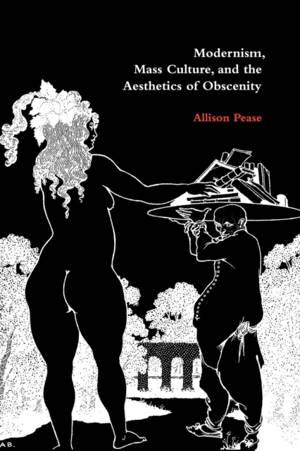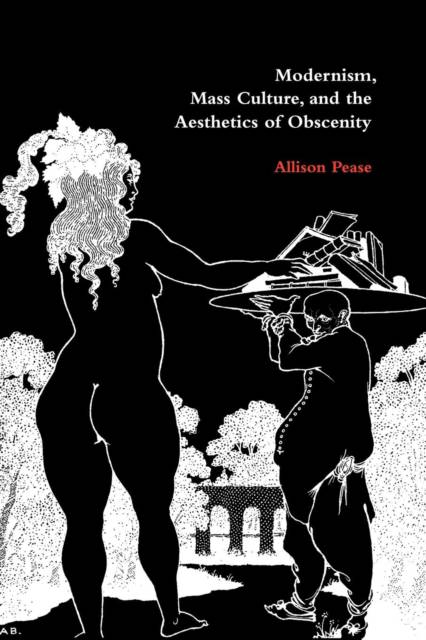
- Afhalen na 1 uur in een winkel met voorraad
- Gratis thuislevering in België vanaf € 30
- Ruim aanbod met 7 miljoen producten
- Afhalen na 1 uur in een winkel met voorraad
- Gratis thuislevering in België vanaf € 30
- Ruim aanbod met 7 miljoen producten
Zoeken
€ 74,95
+ 149 punten
Uitvoering
Omschrijving
How did explicit sexual representation become acceptable in the twentieth century as art rather than pornography? Allison Pease answers this question by tracing the relationship between aesthetics and obscenity from the 1700s onward, focusing especially on the way in which early twentieth-century writers incorporated a sexually explicit discourse into their work. The book considers the work of Swinburne, Joyce and Lawrence and artist Aubrey Beardsley within the framework of a wide-ranging account of aesthetic theory beginning with Kant and concluding with F. R. Leavis, I. A. Richards and T. S. Eliot.
Specificaties
Betrokkenen
- Auteur(s):
- Uitgeverij:
Inhoud
- Aantal bladzijden:
- 264
- Taal:
- Engels
Eigenschappen
- Productcode (EAN):
- 9780521100953
- Verschijningsdatum:
- 5/02/2009
- Uitvoering:
- Paperback
- Formaat:
- Trade paperback (VS)
- Afmetingen:
- 152 mm x 229 mm
- Gewicht:
- 390 g

Alleen bij Standaard Boekhandel
+ 149 punten op je klantenkaart van Standaard Boekhandel
Beoordelingen
We publiceren alleen reviews die voldoen aan de voorwaarden voor reviews. Bekijk onze voorwaarden voor reviews.











